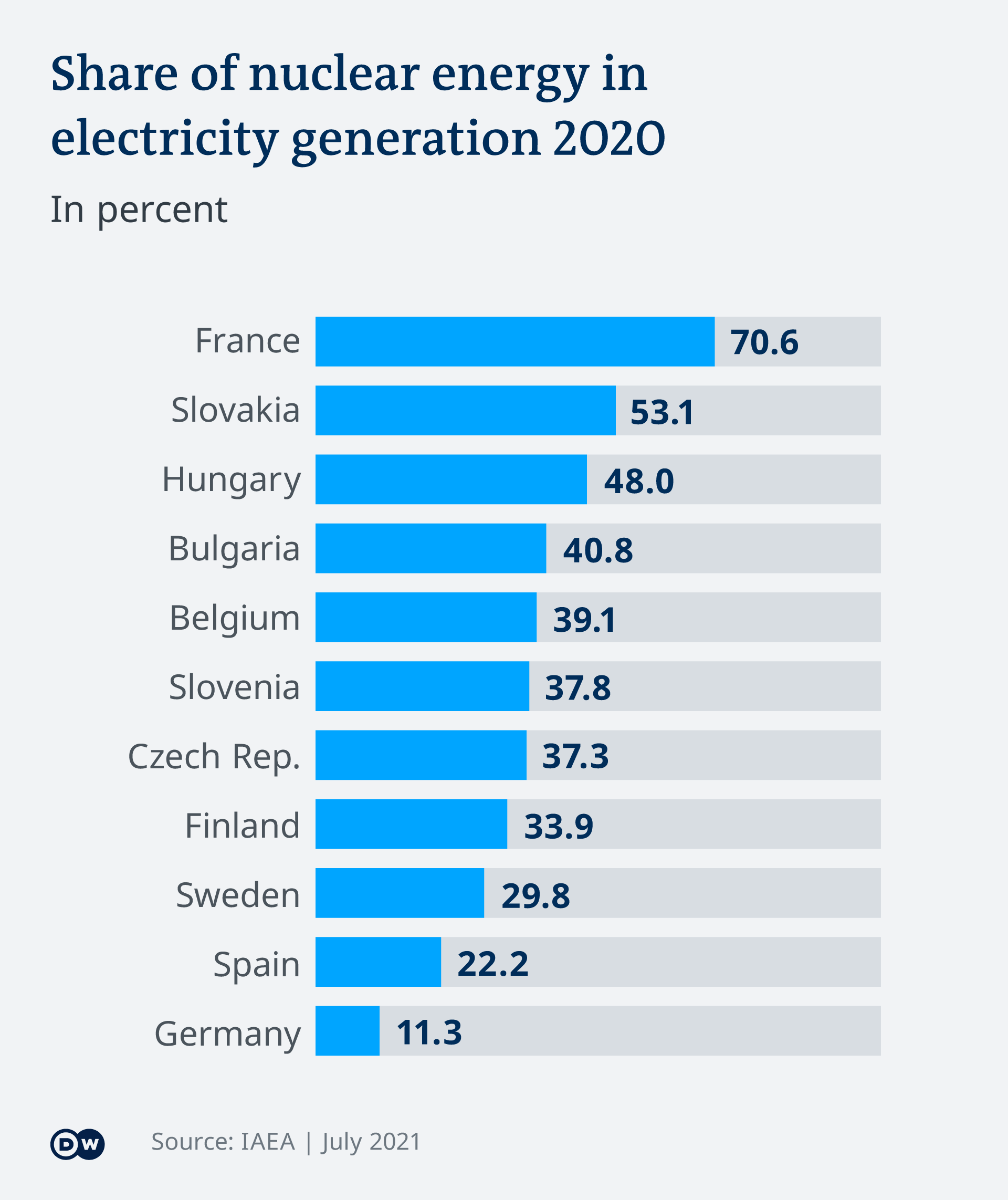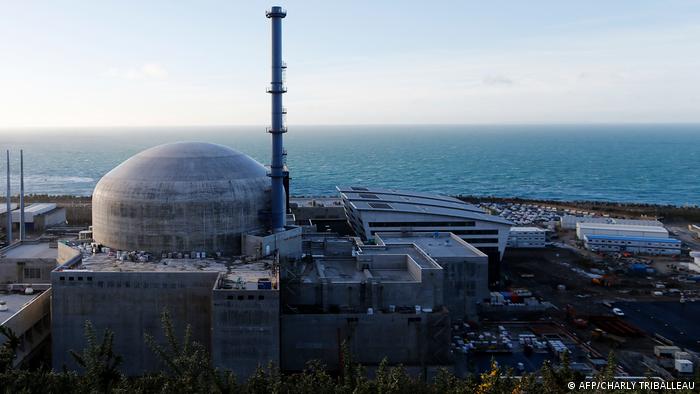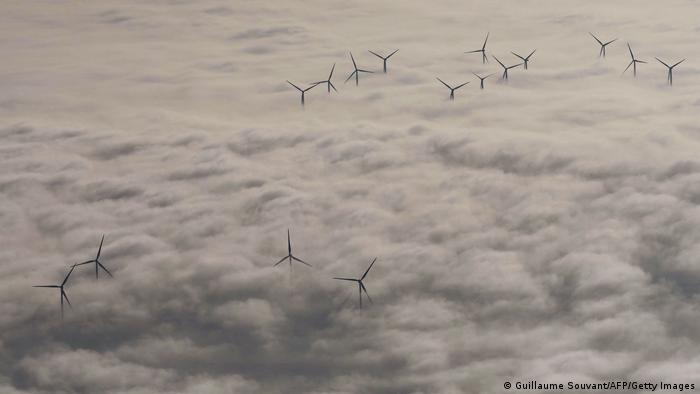Erin Prater
Mon, August 15, 2022

Misha Friedman—Getty Images
JPMorgan CEO Jamie Dimon defended a brand of “woke capitalism” that turns words into action, on a Tuesday client call, saying that “society is worse off if we don’t lift up everybody.”
“You can ignore the bad part of society—not hire from them, not drive through parts of town,” said Dimon, as reported by Yahoo! Finance. “I think it is a mistake because our society is worse off if we don’t lift up everybody. It is far more than ‘woke capitalism.’ It is a good thing to lift up our fellow citizens.”
If young people ages 17 to 25 have a 20% unemployment rate, “you can be sure you’re going to have a social problem,” he said. “Jobs bring dignity, household formation. Jobs reduce crime. Everybody should try to help if they can.”
The July unemployment rate for young people ages 16 to 19 was 3.5%, according to the U.S. Bureau of Labor Statistics. The rate for ages 20 to 24 was 6.4%.
The term “woke capitalism” was coined by New York Times opinion columnist Ross Douthat in the mid-2010s. While the term means slightly different things to different people, it generally refers to corporations that signal their support for social issues like same-sex marriage and environmental protection, but perhaps don’t take their advocacy further.

In a 2020 piece in The Atlantic, writer Helen Lewis criticized woke capitalism, saying its “iron law” is “Better to have something you can point to and say, ‘Aren't we progressive?’ than to think about the real problem.”
A good example, according to Lewis: diversity training, which “offers the minimum possible disruption to your power structures. Don’t change the board; just get your existing employees to sit through a seminar.”
“The only question I want to ask big companies who claim to be ‘empowering the female leaders of the future’ is this one: ‘Do you have on-site child care?’” she wrote. “You can have all the summits and power breakfasts you want, but unless you address the real problems holding working parents back, then it’s all window dressing.”
JPMorgan Chase CEO Jamie Dimon blasted working from home and Zoom as “management by Hollywood Squares,” using the dated TV show reference on a call with the bank’s wealthy clients last week to reiterate his long-held preference that workers return to the office, Yahoo Finance reports.
Dimon argued on the Tuesday call that remote work creates a working environment that’s less honest and more prone to procrastination. “A lot of people at home are texting each other, sometimes saying what a jerk that person is,” said Dimon. (His Hollywood Squares comment referred to the decades-old game show—that’s no longer in production—in which celebrities sat in a three-by-three grid to answer questions from contestants.)
Dimon’s remarks come as the tussle between management and employees on a return to the office heats up and a possible economic slowdown threatens to erode employees’ leverage to stay home.
In the past, Dimon has said that work-from-home is a poor fit for JPMorgan’s employees. Last year, he argued that remote work “doesn’t work for people who want to hustle, doesn’t work for culture, doesn’t work for idea generation."
In a shareholder letter released earlier this year, the bank said that it expected half its employees to return to the office full-time, with an additional 40% working in a hybrid system. JPMorgan is reportedly tracking ID card swipes in order to ensure compliance with the new policy and monitoring the time employees spend on Zoom and email in order to better measure productivity.
On Tuesday, Dimon rolled out a new argument in his battle against working from home: that it damages the U.S. drive for diversity.
Dimon called the office a “rainbow room” and said that workers who stayed home were denying themselves “opportunities to meet other people.” The JPMorgan CEO argued that “if you live in certain parts of our country and go eat out there, it is all white,” meaning remote workers may end up having a more uniform experience than if they traveled into work.
Studies report that minorities, especially Black and Hispanic workers, are teleworking at lower rates than white workers. One April study from the U.S. Centers for Disease Control and Prevention found that 19% of Black and 14% of Hispanic workers engaged in telework, compared with 24% of white workers and 38% of Asian workers. The CDC study argues that the difference stemmed from lower rates of college education among minority populations, as well as overrepresentation of Black and Hispanic workers in jobs that don’t allow for remote work.
A survey from the Society for Human Resource Management last September reported that half of Black office workers wanted to work from home, compared with 39% of white workers and 29% of Hispanic workers.
CEOs, real estate developers, and even city mayors have called for workers to return to the office. Developer Stephen Ross predicted in June that a recession might make “people fear that they might not have a job, [and] that will bring people back to the office.” But workers want to stay home. The Slack-funded Future Forum found in July that only one in five knowledge workers wanted to return to the office, a record low.
Nationally, office occupancy rates are hovering around 43%, according to Kastle Systems, a security company.


















